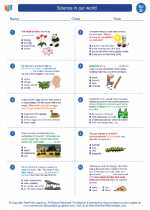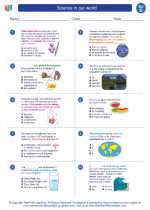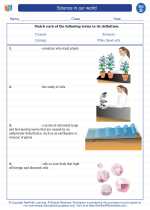Fiberglass: Explanation and Study Guide
What is fiberglass?
Fiberglass is a type of reinforced plastic composed of fine glass fibers. These fibers are woven together to form a strong and lightweight material that is commonly used in a variety of applications.
How is fiberglass made?
Fiberglass is made by melting glass and extruding it through tiny openings, which forms the fibers. These fibers are then woven together to create sheets or formed into shapes for various uses.
Properties of fiberglass
- Strength: Fiberglass is known for its high tensile strength, making it a durable material for construction and manufacturing.
- Lightweight: Despite its strength, fiberglass is lightweight, making it easy to transport and work with.
- Corrosion-resistant: Fiberglass is resistant to corrosion from chemicals and weather, making it suitable for outdoor and marine applications.
- Insulating properties: Fiberglass is a good insulator of heat and electricity, making it useful in the production of insulation materials.
Uses of fiberglass
- Construction: Fiberglass is used in the construction of boats, aircraft, and building components due to its strength and lightweight nature.
- Automotive: Fiberglass is used in the production of car bodies and other automotive components.
- Sports equipment: It is used in the production of sports equipment such as fishing rods, hockey sticks, and bows due to its strength and flexibility.
- Insulation: Fiberglass is used as an insulating material in homes and commercial buildings to regulate temperature and conserve energy.
Study Guide
When studying fiberglass, it's important to understand its composition, manufacturing process, properties, and various applications. Here are some key points to focus on:
- Describe the composition of fiberglass and how it is manufactured.
- Explain the properties of fiberglass, including its strength, lightweight nature, corrosion resistance, and insulating properties.
- Discuss the uses of fiberglass in different industries, such as construction, automotive, sports equipment, and insulation.
- Compare the advantages of using fiberglass over other materials in specific applications.
Understanding the versatility and advantages of fiberglass as a material is essential for anyone studying materials science or engineering disciplines.
Now that you have a better understanding of fiberglass, you can explore its applications and importance in various industries.
.◂Science Worksheets and Study Guides Fourth Grade. Science in our world

 Worksheet/Answer key
Worksheet/Answer key
 Worksheet/Answer key
Worksheet/Answer key
 Worksheet/Answer key
Worksheet/Answer key
 Vocabulary/Answer key
Vocabulary/Answer key
